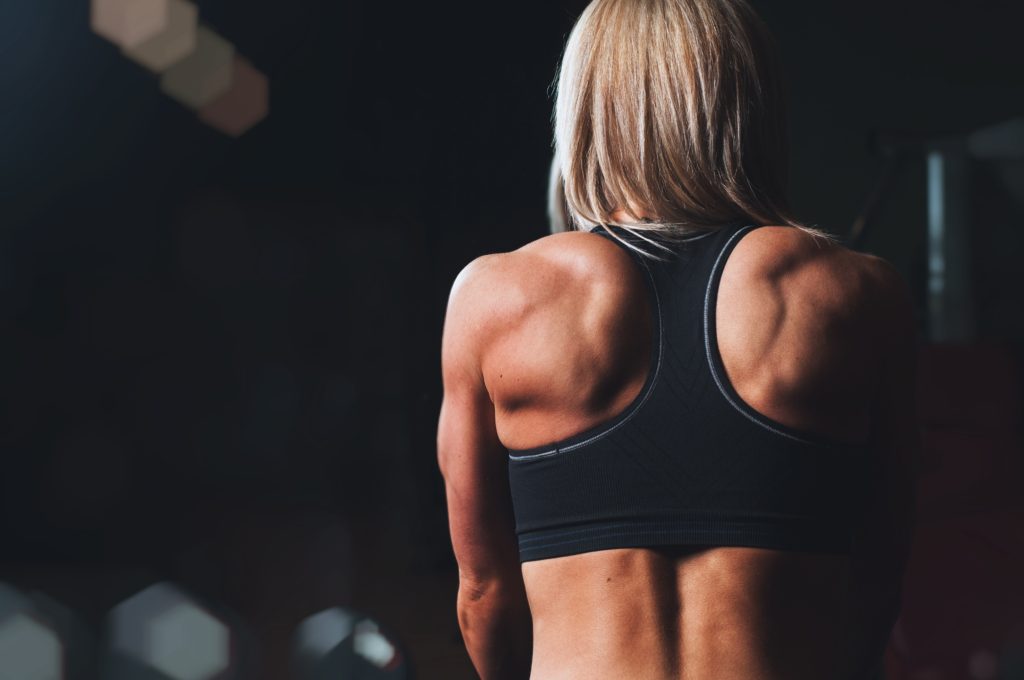By: Jazmine Devone
What’s the difference between the image of a video model and a fitness expert? For years, the role of a
video model has been shamed. From the scarce clothing they wear to their curvy figures. However, gym
experts are praised and regarded highly for their physique which is similar yet different.
It is understandable why the video model parades around on camera with little to no clothing for
money, but the gym experts often pose for social media with sports bras and spandex shorts in hopes
for publicity. “A few stereotypical views I receive are stuck-up, raunchy, and snobby,” said Maya Kinlaw
(Miyani Scott), a video model residing in Georgia.”
While some video models are accused of cosmetic surgery, Maya hasn’t had any. “It’s not beneficial, nor
healthy. It could boost one’s state of mind psychologically,” said Hermene Westmoreland about
cosmetic surgery, Aggie Fit program coordinator.”
The Aggie Fit program is for students, faculty, and staff. The program’s purpose is weight loss, building
confidence, behavior choices and reducing stress. Health is the goal, not image. The program currently
has two sessions Monday through Thursday, 2:30 p.m. and 6:30 p.m. “I’m all about people improving
their whole-self inside and out,” said Westmoreland.
On Monday the focus is strength, Tuesday is cardio, Wednesday is focused on education, and Thursday
is dedicated to stretching and flexibility. Both roles, video model and fitness expert, usually include
individuals with impeccable figures. However, body shaming often occurs.
It is more common for full figured women to receive hate comments for displaying self-love than
women who are thin. For example, Teyana Taylor’s recent debut in rapper Kanye West’s music video
“Fade,” sparked excitement in the fitness world. Taylor’s incomparable physique caused women
worldwide to create a new “body goal.”
Referring to Westmoreland’s previous comments regarding health as the goal. Why is body image the
goal rather than health? Society’s expectation of women plays an extraordinary role in the way women
perceive themselves.
Today, images in the media project an unrealistic and even dangerous standard of feminine beauty that
can have a powerful influence on the way women view themselves. From the perspective of the mass
media, thinness is idealized and expected for women to be considered "attractive."
In advertisements, television, and music, the "ideal woman" is usually portrayed as tall, white, and thin
with a "tubular" body, and blonde hair, according to Westminster College’s the Myriad.
For most teens, video models are a part of the “ideal” body image. Unrealistic body goals lead these
young women to the gym in hopes of achieving this outrageous body for all of the wrong reasons.
“Mass media's use of such unrealistic models sends an implicit message that in order for a woman to be
considered beautiful, she must be unhealthy. The mindset that a person can never be "too rich or too
thin" is all too prevalent in society, and it makes it difficult for females to achieve any level of
contentment with their physical appearance.
Help to bridge the gap and establish health as the objective. For more information concerning “the
healthy image,” contact Hermene Westmoreland at [email protected] or visit her in
the Sebastian Health Center.













